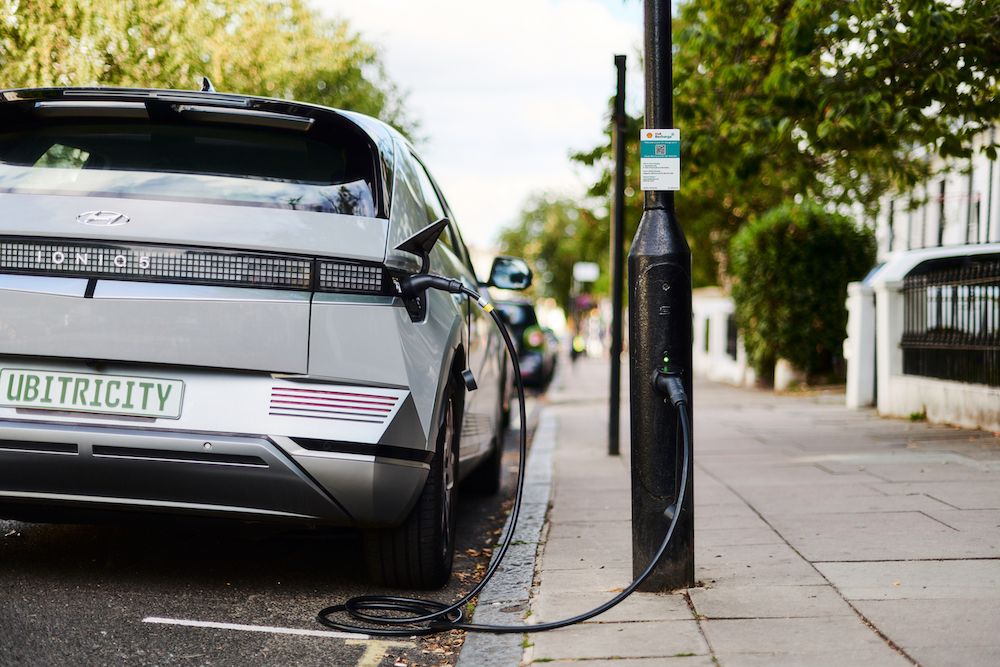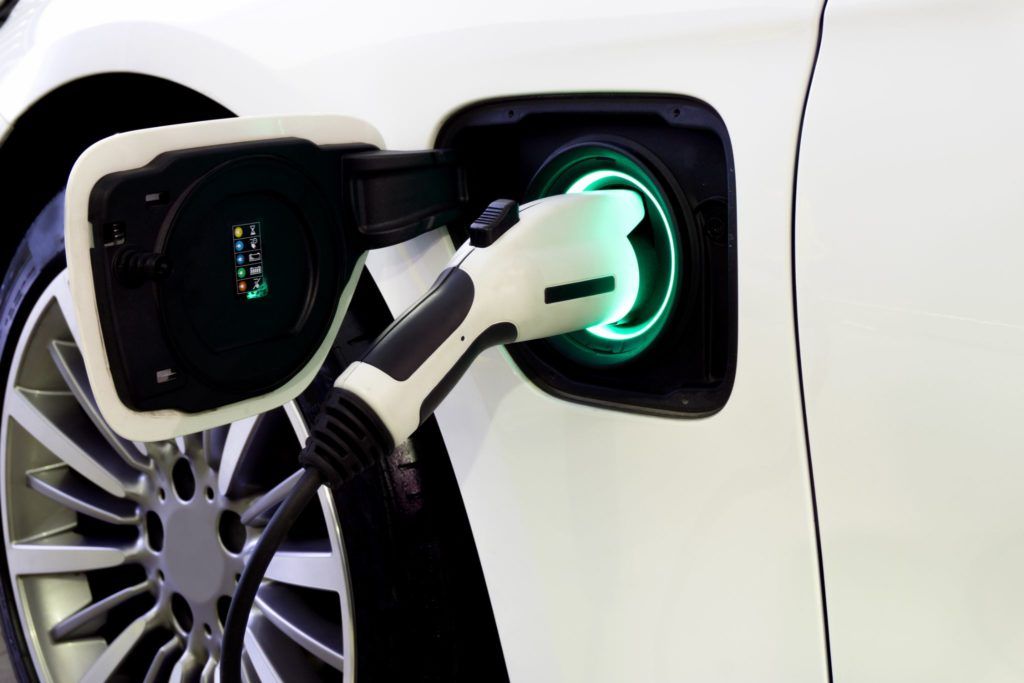UK Power Networks has revised its guidance on lamp post installations meaning that older lamp posts can now have charge points installed within them.
The move comes after a series of studies undertaken by the distribution network operator for London, the South and East of England has proven 5kW chargepoints can be installed even on older lamp posts, which have thinner cabling than more modern installations.
The DNO worked closely with charegpoint operator Shell ubitricity to undertake technical assessments, and has now updated its technical guidance, enabling a large-scale roll-out of lamp post charging.
The study came after some local authorities in the south of England were ordered to stop installing lamp post chargers on older legacy columns with different wiring.
But the revised guidance will give all 133 local authorities operating in the area UK Power Networks serves the green light to connect faster 5kW chargepoints to their lamp posts.
According to ubitricity’s internal estimates, on a budget of £1m, local authorities could roll out 700 to 800 lamp post chargers, compared to 60 to 75 Fast Dual charge points (7-22kW) or 20 to 25 Rapid Single charge points.
Mark Adolphus, director of Connections at UK Power Networks said:
“This is great news for customers and lights the way for a vast swathe of new electric vehicle charging stations across the region we serve. It underlines the importance of networks collaborating with the wider energy industry to ensure they can deliver with confidence and certainty.”
Stuart Wilson, market unit Lead at ubitricity said:
“Lamp post charging helps local authorities to rollout out charging infrastructure at scale and allows EV drivers to charge their cars close to home. Over 8 million households in the UK do not have access to off-street parking and without strong public EV charging infrastructure, there is a legitimate concern that people without a driveway will be left behind in the transition to electric vehicles in the UK. This is great news for EV drivers and we are proud to have collaborated with UK Power Networks on this guidance”.
Image courtesy of UK Power Networks








